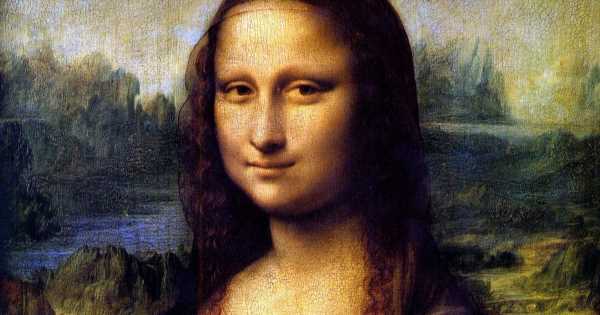Mona Lisa brought to life as eerie hologram thanks to groundbreaking AI
The world's most famous painting has come alive . . . sort of.
The Mona Lisa, painted by Leonardo da Vinci in the 16th century, is housed in the Louvre Gallery in Paris, France.
Despite its shockingly small size, it is one of the most popular tourist attractions in the city.
READ MORE: Russia's torture prison where Ukrainian POWs are 'electrocuted and pray for death'
And now, thanks to artificial intelligence, it has been brought to life as a hologram with the hope that it could be used to boost medical treatments.
Dr Yue-Sheng Wang, of Tianjin University, China, said: “We chose to recreate the Mona Lisa as a proof of concept – it is so famous almost everyone knows about it.
“It is filled with countless delicate and subtle transitions of layers, which enhances the softness, haziness, and mystery of the painting.
“So it is a great way to demonstrate the effectiveness of our method.”
The technique described in Applied Physics Reviews is based on advanced machine learning.
Holograms are created by recording and reconstructing the interference pattern of light or sound waves.
You can be one of the first to try out Google's powerful new Bard AI – here's how
They provide realistic and immersive visual or auditory experiences and can be applied in entertainment, medical imaging, and communication, among other fields.
Metasurfaces, or two-dimensional materials made of an array of tiny components, can help a lot with the process.
Dr Wang's team successfully reconstructed the Mona Lisa, and, in even more detail, her left eye.
The technique can be extended to create three-dimensional images as well.
Armed 'Terminator' robot dystopia is less scary than crooks perfecting crime with AI
Dr Wang said: “The precise control of sound waves offered by our holography method is crucial for advancing non-invasive medical therapies, effective noise control, and optimising acoustic environments like concert halls.
“These improvements have the potential to enhance quality of life and various technological applications.”
The researchers hope the technique will revolutionise holography, and they plan to explore ways to generalise it, make it compatible with 3D printing, and reduce training time.
For the latest breaking news and stories from across the globe from the Daily Star, sign up for our newsletter by clicking here.
READ NEXT:
- For more of the latest news from the world of the Daily Star, check out our homepage
UK towns with worst weather revealed – full list of Britain's dullest locations
'AI perverts could ruin my racy career without tougher laws against fake content'
Inside eerie UK mining ghost village left to rot with 'temple' ruins and steam engine
Russia's torture prison where Ukrainian POWs are 'electrocuted and pray for death'
Source: Read Full Article







